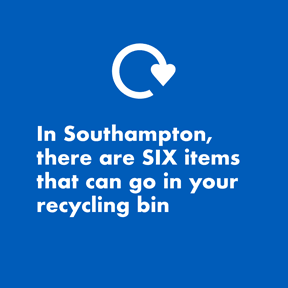Planning application process
The process of submitting a planning request and having it approved can seem complicated and daunting. However, most applications go through the same stages, which you will be guided through by your allocated case officer.
The Government sets targets for how quickly Local Planning Authorities deal with applications. We aim to deal with all major applications in 13 weeks and all minor applications in eight weeks.
Below is a simplified guide of the 10 steps your planning application will go through.
Step 1 - Request pre-application advice
We advise that all applicants request pre-application advice before submitting an application. This will give you the opportunity to have your application looked over by a planning officer before you have submitted it. The planning officer will help you identify any aspects of your application that could be improved, therefore making the process smoother.
Step 2 - Submit an application
Once your application has been received we will be in touch to acknowledge your application and to give you your application number, which you can use to track your application's progress. If you have sent us all the information and supporting documents we need, your application will be deemed valid and will move on to the next step.
If your application is missing information we need, it will be deemed invalid. We will contact you to let you know what additional information we require and when we need it by. If the missing information is not received within the time frame given, your planning application will be returned to you. A 25% administration cost will be taken from your refund. This applies to all planning application types.
If your application form includes an agent's contact details, all correspondence will be sent to the agent.
Step 3 - Allocation to a planning officer
Once your application is deemed valid, you will be allocated a planning officer. Your planning officer may contact you if they require any additional information about your application.
Application forms and other supporting documents will also be published on the website at this stage.
Step 4 - Public consultation
We will write to your neighbours and anyone else who may have an interest in the site. They will be given 21 days to comment on your application. These comments can be submitted online via Public Access. Any of the consultees can write to us to support or object to your application.
We can only make a decision on your application once the consultation period is over.
In some cases, your application may be advertised in the free publication Hampshire Independent or a site notice may be displayed on or near the site so that the public are made aware of the application.
Step 5 - Site visit
Your planning officer will usually visit the site. They will only contact you or your agent about their visit if they cannot gain access to the site.
Step 6 - Negotiation and discussion
If, following their visit, the planning officer thinks your proposal needs changes to be accepted, they may contact you or your agent to negotiate these changes. If you agree with the proposed changes, you will need to revise your plans and drawings and send them to us again.
If the officer feels that your applications goes against our planning policies or requires substantial changes, they may suggest you withdraw your application.
For some applications you may be required to make a financial contribution. However, this should have been discussed at the pre-application stage.
Step 7 - Officer recommendation
The case officer will write a report on your proposal, highlighting every issue they may have considered. This will include
- Consideration of the relevant planning policies
- Discussions with the applicant and any other relevant parties
- Comments from consultees, interested third parties and neighbours
The report will conclude with the officer recommendation to either approve or refuse your application.
Step 8 - Councillor involvement
Some proposals may be reported to the Planning and Rights of Way Panel, which is made up of local ward councillors. The agenda of the panel is published five working days in advance and the meetings are open to the public. If you have sent in comments on an application, you will automatically be sent an invitation to attend.
Step 9 - The decision
If your application is for a smaller or less controversial application, a decision will be made by a Planning Team Leader under delegated powers. If your application is for a larger or more controversial plan it will be considered by the Planning and Rights of Way Panel. Currently around 90% of applications are determined under delegated powers.
Once a decision has been made, a formal letter will be sent to the applicant or agent. This will detail any conditions that apply and the reason for each condition.
If you application has been refused, the letter will detail any reasons for refusal. You can appeal a refusal to the Planning Inspectorate. However, third parties such as neighbours cannot appeal a decision.
Step 10 - Discharging of conditions
If permission is granted, you need to read the decision notice carefully to see if any conditions need to be discharged before development of the site can start. It is the responsibility of the applicant, or any subsequent developer, to ensure that the terms of all conditions are met in full at the appropriate time.
For further explanation of the planning process, see the Planning Application Flowchart.


